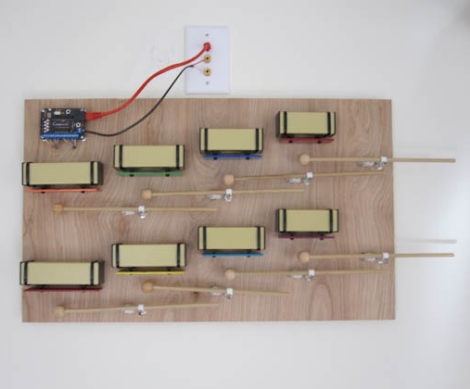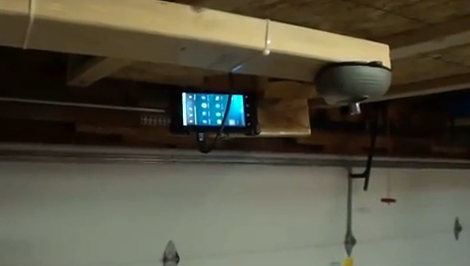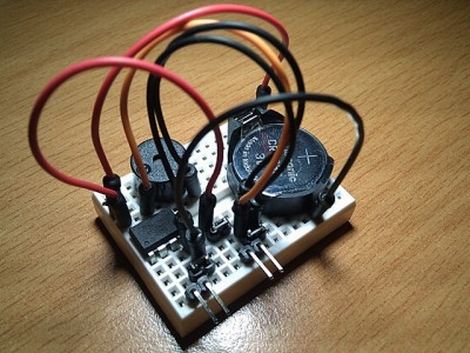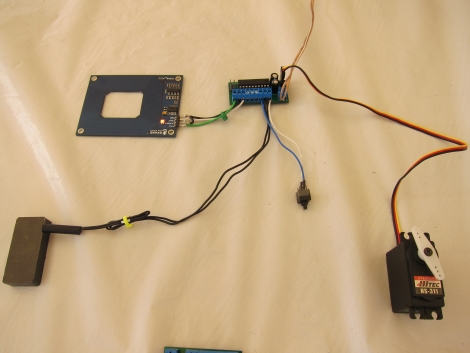
In 1966, [Gene Roddenberry] introduced fully manual doors powered by a stagehand on Star Trek. The fwoosh sound of the door was later dubbed into each show, but progress marches on, and now [Alex] created his own Star Trek-style automatic doors for his house.
The build includes a ‘control panel’, and [Alex]’s door operates in three modes: Open, and stay open; Close, and stay closed; and Automatic. The control panel itself is fairly remarkable. A small puck interacts with a magnetometer underneath [Alex]’s counter. If the puck is pointed towards ‘Open’, the door stays open. If the door is pointed towards ‘Closed’, the door stays closed. If the puck isn’t near the magnetometer, the door operates in automatic mode with the help of a few IR sensors to detect someone trying to get in or out of [Alex]’s kitchen.
For the mechanical portion of the build, [Alex] used a One meter long piston with the quietest air compressor he could find. We can’t tell from the video after the break if the compressor ever kicks in, but [Alex] says it’s about the same volume as his fridge. As a small added bonus, the new automatic door does have a fwoosh sound, just like [Gene] would have wanted.
Continue reading “Star Trek Style Pneumatic Doors That Don’t Require A Stagehand”

















